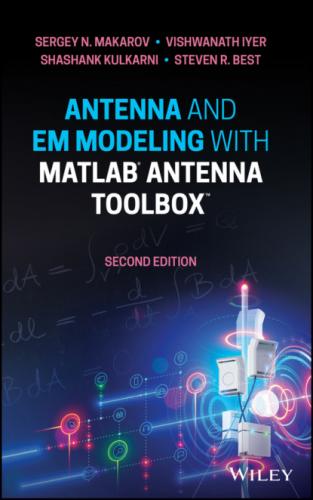Figure 1.7 Equivalence of the TX circuits with and without the transmission line from the viewpoint of the power delivered to the antenna.
Our goal is to find the reflection coefficient of the combined system consisting of the antenna and the transmission line of length l in Figure 1.7b. The z‐axis will be directed from the source to the antenna along the transmission line. To be consistent with the lumped‐circuit approach from Example 1.7, we set the origin of the z‐axis (z = 0) in the antenna reference plane in Figure 1.7b. Then, both the incident (traveling to the right) and the reflected (traveling to the left) waves in Figure 1.7b will have the following phasor form (time dependence is exp(jωt)):
according to the familiar one‐dimensional plane wave theory. Here, k is the real wavenumber of the lossless transmission line. It is equal to the angular frequency divided by the phase velocity (propagation speed), c, of the line. Voltage wave V+ propagates from left to right and corresponds to cos(ωt − kz) in time domain while voltage wave V− propagates from right to left and corresponds to cos(ωt + kz). Note that k = β in Pozar's book [1].
According to Eq. (1.18) and (1.23), the reflection coefficient of the antenna with the transmission line in reference plane * in Figure 1.7b, i.e. at the generator where z = − l, has the form:
where Γ0 is given by Eq. (1.21) with Rg = Z0. When transmission line length tends to zero, Eq. (1.24) is indeed reduced to Eq. (1.21). Eq. (1.24) is a simple yet powerful result; it will predict the average power delivered to the antenna with a cable or another transmission line.
Example 1.8 shows that the addition of the lossless transmission line perfectly matched at the generator does that change average power delivered to the antenna, irrespective of the value of its input impedance.
Show that the addition of a lossless transmission line of any length, which is still perfectly matched at the generator, does not change average power delivered to the antenna of any input impedance. Only a phase of the reflection coefficient at the generator changes.
Solution: The solution is based on Eq. (1.24), which yields
(1.25)
Therefore, according to Eq. (1.17),
(1.26)
This example is perhaps overly optimistic. It needs two notes of caution.
First, if the transmission line is lossy, the factor |exp(−2jkl)| is becoming less than one (k is becoming complex) and the reflection coefficient decreases. An antenna connected by a very long lossy cable will be perfectly matched to the generator since |Γ*| → 0, but its radiated power will simply be zero. For example, a popular RG‐58 50‐Ω cable with the length of 10 m will accept 100 W from the generator but deliver only 33 W of power to the antenna. It is not a good practice to “match” the antennae by adding long lossy transmission lines.
Second, while one mismatch at the antenna still keeps the delivered power and |Γ| unchanged, two or more arbitrary mismatches (the second mismatch is often at the generator) due to non‐perfect cables, connectors, etc., may (or, sometimes, may not) lead to the “ripples” or visible oscillations of the measured |Γ| as often seen on the network analyzer. This is because the factor exp(−2jkl) will appear not only multiplicatively, but also additively.
1.10 ANTENNA IMPEDANCE TRANSFORMATION. ANTENNA MATCH VIA TRANSMISSION LINE
Here, we use the well‐known result for the antenna impedance transformation along a lossless transmission line of length l. In the plane labeled (*) in Figure 1.7b, the transformed antenna impedance (the equivalent impedance of the antenna with the transmission line) becomes [1]
This result is obtained from impedance definition and by relating voltages and currents on the line via its characteristic impedance, Z0.
We have shown in the previous section that adding the lossless transmission line perfectly matched at the generator does not change antenna power. Now, we are about to show that adding a transmission line mismatched at both ends does change antenna power. It may be quite beneficial for impedance matching.
Example 1.9
A quarter wave transmission line transformer is characterized by (from Eq. (1.27))
An antenna with Za = 200 Ω is to be perfectly matched to the generator with Rg = 50 Ω by a proper choice of line characteristic impedance Z0.
Solution: The perfect match means that generator sees Z* = 50 Ω in the reference plane. Then, from Eq. (1.28), one has
(1.29)
It is not difficult to construct such a transmission
